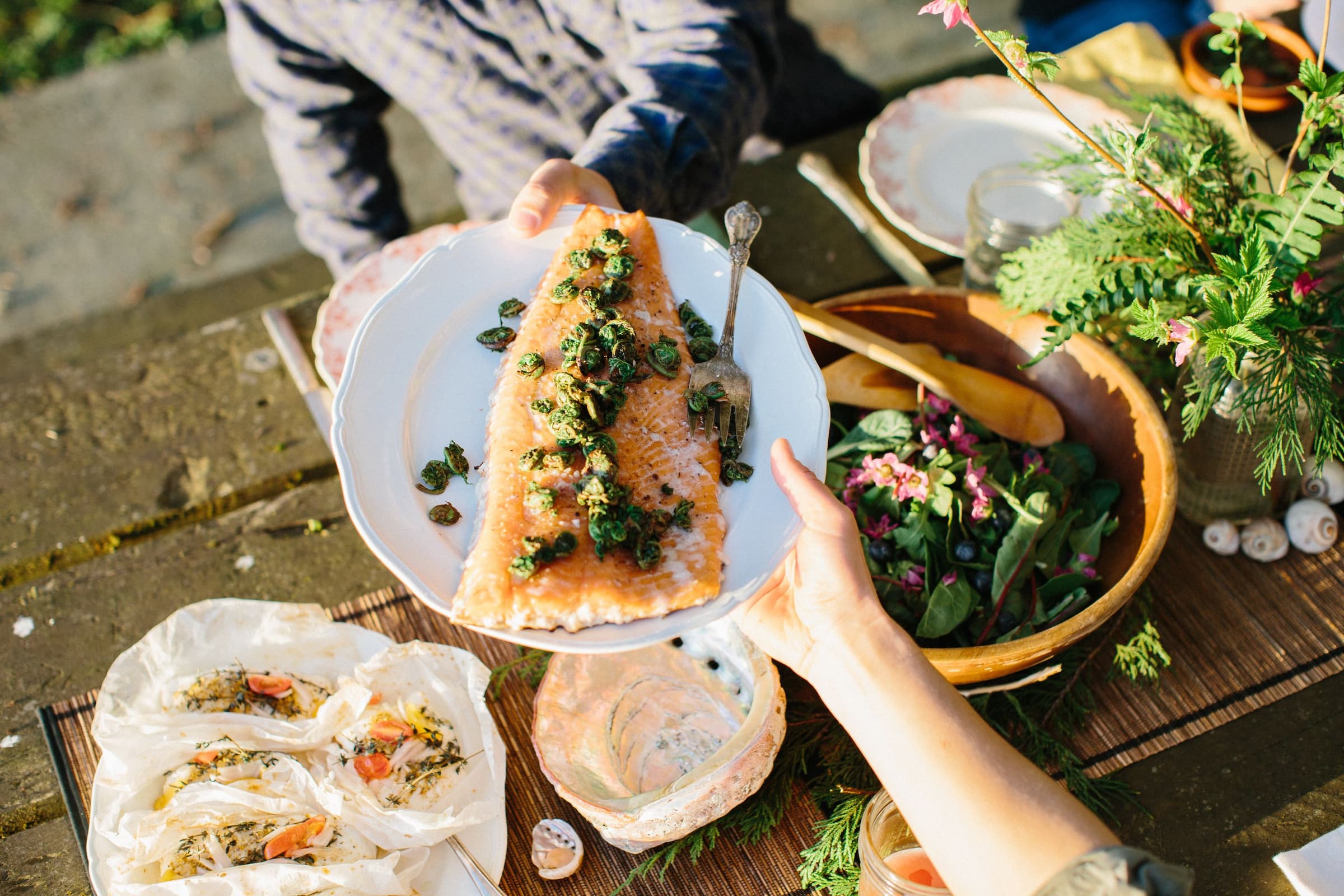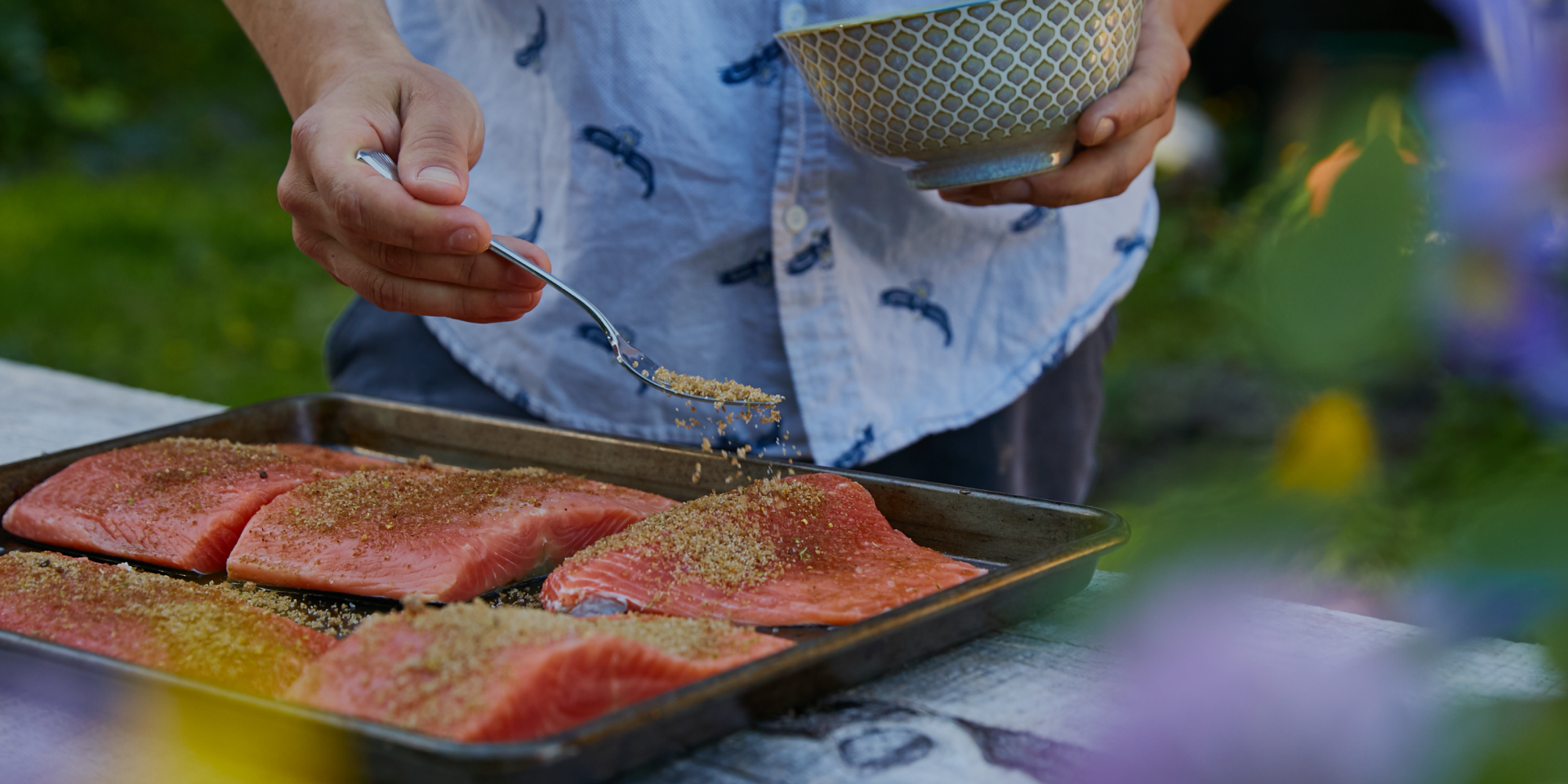EAT WILD
The new year is a time of setting intentions. Gym subscriptions skyrocket each January and online searches including the word “diet” reach their highest levels for the year. As a member of Sitka Seafood Market, you have dedicated a portion of your dinner plates (and freezer space!) to wild-caught seafood. Let's take a look at the role of wild foods in history and how our bodies benefit from them.
Before humans domesticated some plant and animal species, our diet consisted entirely of wild foods. Carbohydrates and sugars were rare in the environment and sought after for their life-sustaining calories, but protein-dense foods such as seafood, meat, and nuts were key to nutrition. Humans the world over invented ingenious methods of preserving seafood through salting, drying, fermenting, or freezing it through the winter.
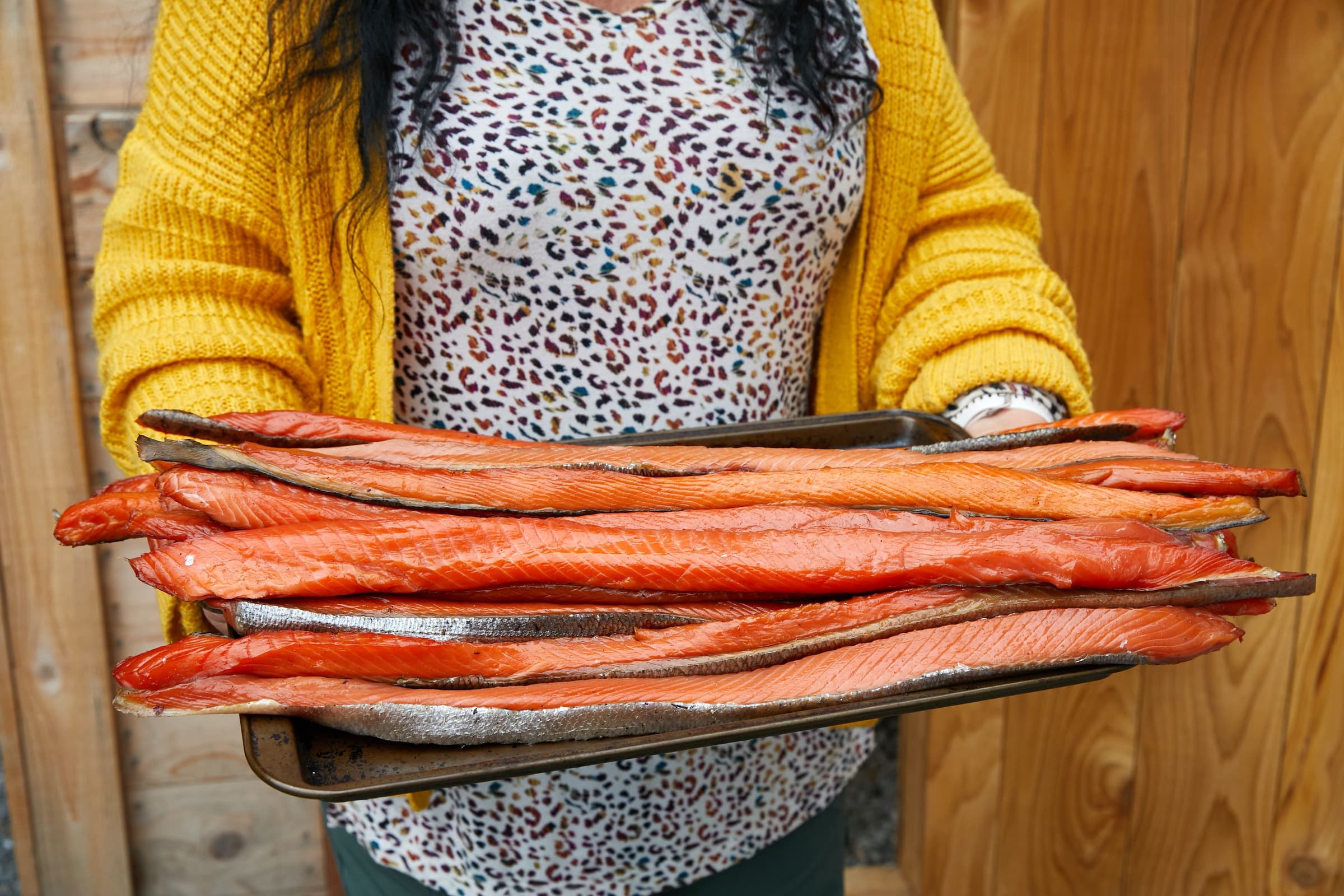
Today, the domestication of plant and animal species in combination with global trade networks offers us a bounty unimaginable to our ancestors. Unfortunately, our bodies are operating in a hardware that hasn’t changed since the paleolithic era, before processed foods and sugar flooded our environment (and pantries).
What can we do when our bodies are always pulling us toward temptations that are now abundant? Health journalist Pilar Gerasimo says that the first step is “recognizing that your genes and current environment are an evolutionary mismatch of almost unfathomable proportions.”
“No matter how healthy your intentions,” Gerasimo writes in her book The Healthy Deviant, “confronted with a long-enough stream of pressures, frustrations, and temptations, eventually you will cave and take the path of least resistance.” Her solution? Ditch unhealthy social norms that attach us to overly-processed foods, and a diet culture that offers quick fixes. Gerasimo calls this mindset healthy deviance. It is a recognition that the odds are stacked against us and we have to not only overcome the temptation of easy calories, but all the social forces that anchor us to them in the form of clever marketing and peer-group pressures.
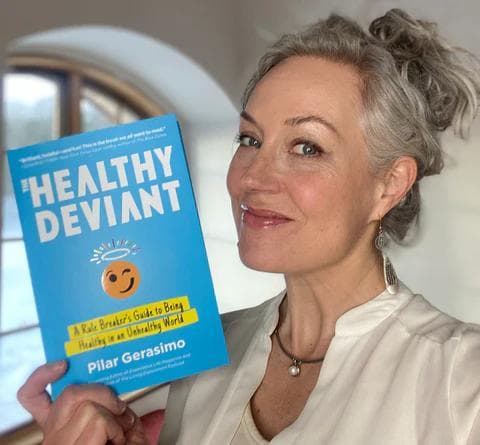
1. Connection
What does healthy deviance look like at dinner time? Gerasimo says we have to reconnect with our food. The convenience and low prices of modern foods have come at the cost of knowledge about where our food comes from. We here at Sitka Seafood Market go to great lengths to connect you to the source of your wild seafood because we care about how our fishermen get paid, the quality of our seafood, and that we leave the ocean in a better state than when we found it.
2. You Get What You Pay For
“Conventionally produced food is artificially cheap because the true costs are pawned off on the environment, taxpayers, underpaid workers, and more,” writes Gerasimo. Paying more up front for high-quality foods can save you (and the planet) in the long run. What is better for our bodies is often also good for the planet.
Rewarding the hard work of the people who harvest and process our foods sends a clear message to food companies to respect the dignity of work. If we don’t care, they won’t care.
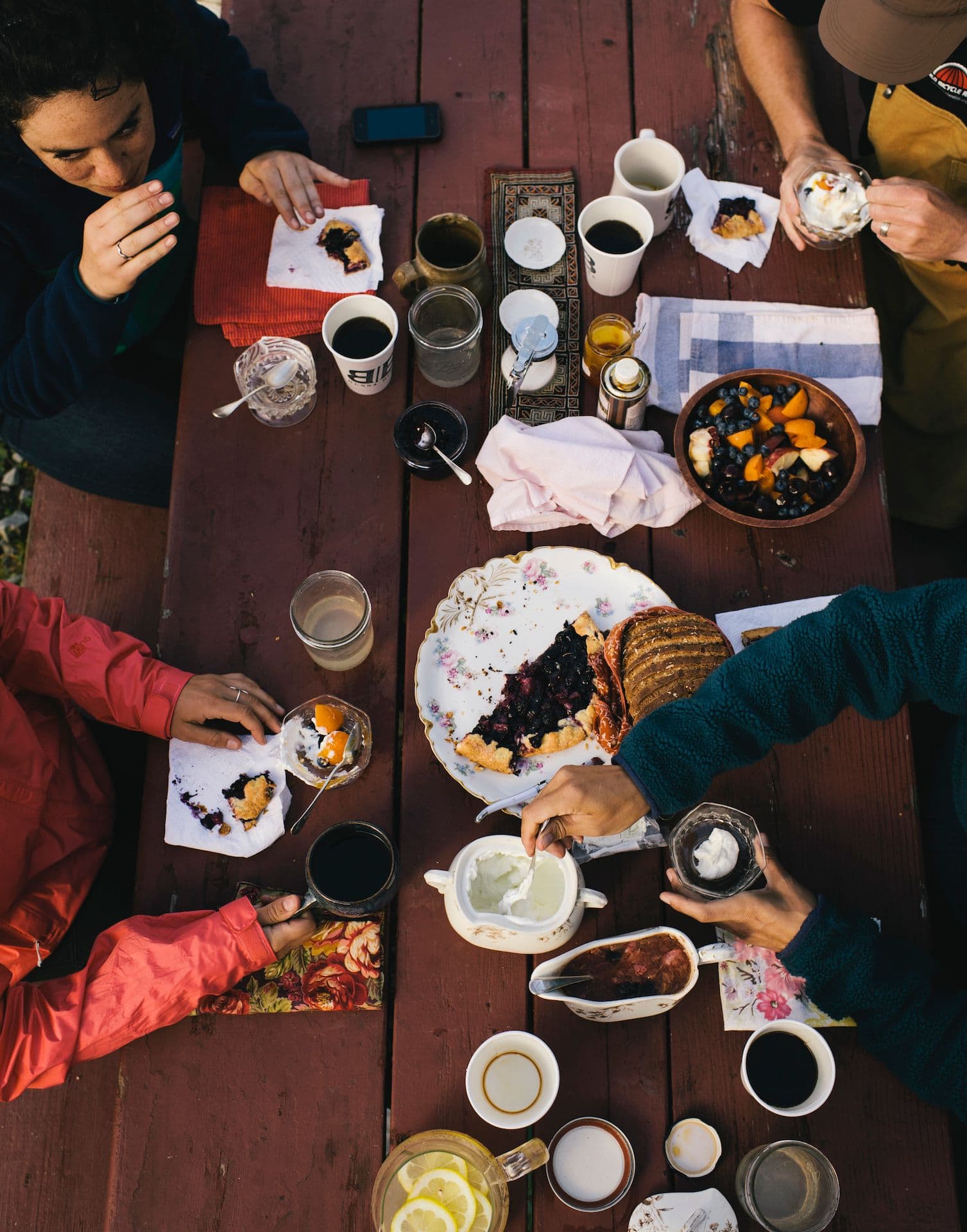
3. Slow Down
Eating well doesn’t always have to cost more. Gerasimo says that if we invest time we can offset other costs. Preparing a high-quality meal at home is always cheaper than having a chef and wait staff prepare and deliver it to you at a restaurant. Buying whole rather than processed foods also saves money and preserves nutrition.
Preparing whole foods does take time, however. Social demands make it difficult, but setting aside time to prepare and enjoy a meal is critical to reconnecting with our food. Dinner time shouldn't be a race to fill your stomach with calories.
Gerasimo has simple advice: “Chill. Relax. Tell yourself you are not in a hurry.” This sounds a bit basic, but too few of us actually take the time to enjoy our food. Gerasimo suggests we put the fork down between bites, take small bites, and fully chew our food. Be conscious of your breath and posture.
By slowing down, we create daily rituals around meal time and build healthy habits that eventually become second nature.
4. Eat Wild
The health potential for food is greatest at the source. As a general rule, the farther a food travels from its place in nature and into the industrial food chain, the more sugar and salt is added. Don’t believe me? Try to find peanut butter without added sugar (either as cane or corn syrup) in your average supermarket. Salt and sugars can be part of a healthy lifestyle, but we have to be conscious of how processed foods have calibrated our palettes to extremes.
Wild foods provide something rare in the industrial food system: raw materials for our culinary adventures. Don’t get us wrong: we love a sugary glaze on our sablefish and the salty bite of salmon crudo. Starting with wild foods empowers us to control the salt and sugar content of our meals rather than leaving it up to a restaurant or an industrial food processor.
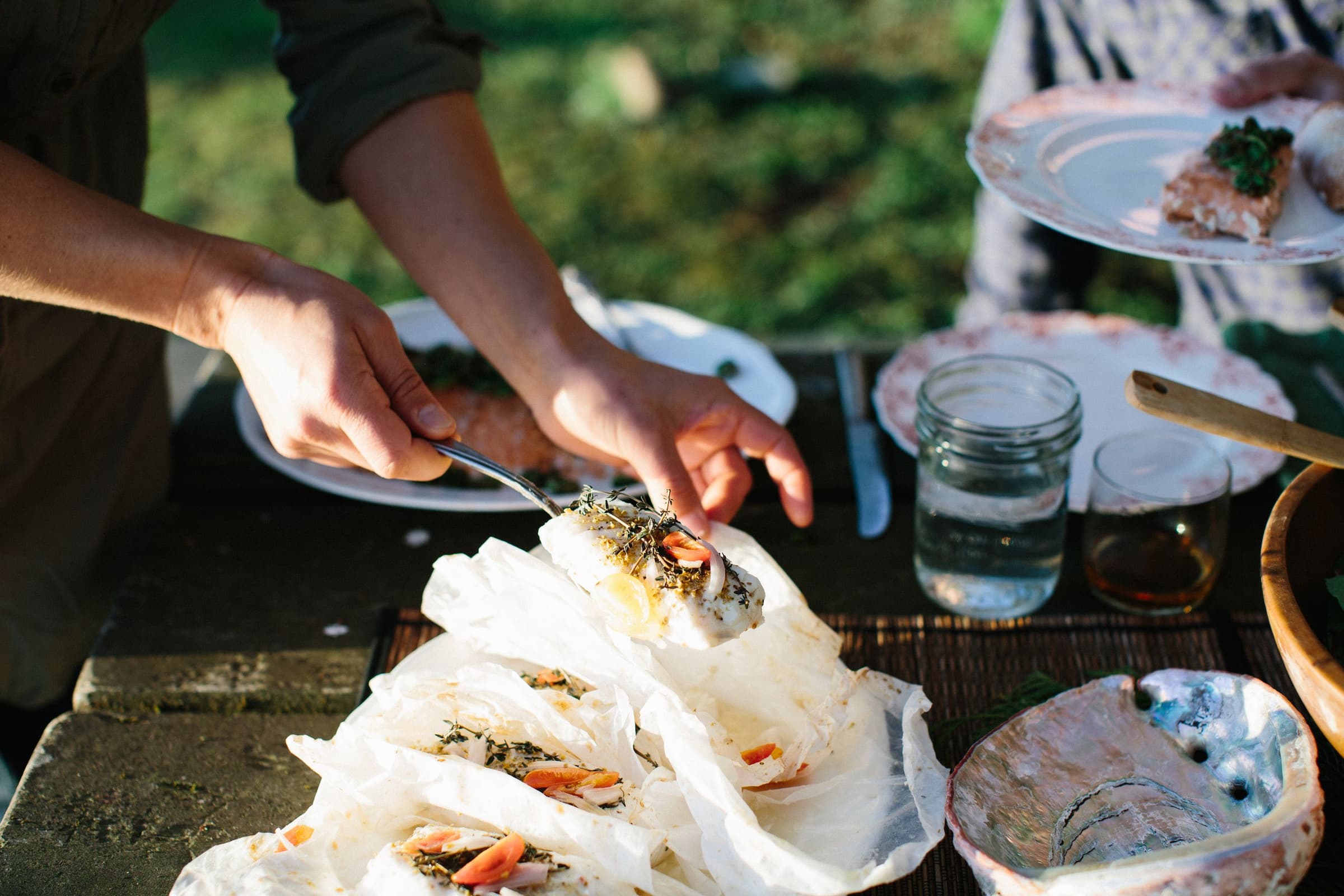
Wherever you are in your food journey, we are happy you are starting 2022 with premium, wild-caught, Alaska seafood. Whether you fully embrace the healthy deviant lifestyle, or just want a mind-blowing centerpiece for entertaining, our seafood subscriptions and one-time boxes have you covered. Stay wild!
For more information on Pilar Gerasimo, check out her book, The Healthy Deviant: A Rule Breaker’s Guide to Being Healthy in an Unhealthy World.


